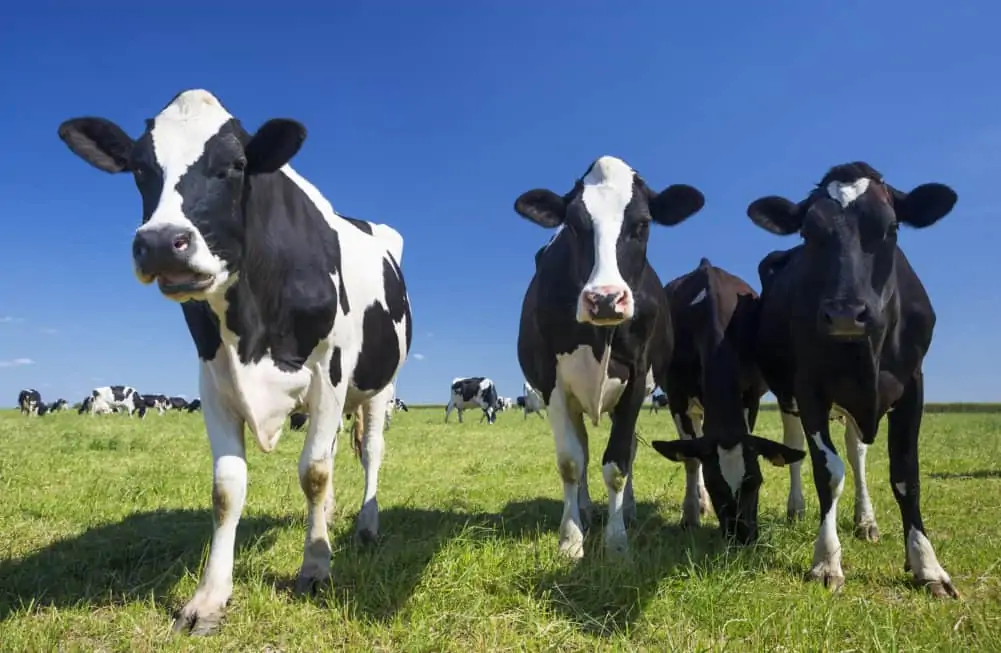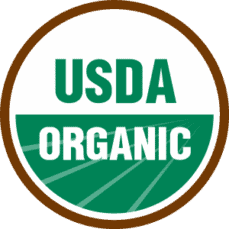
- The “organic” labeling claim is unique: Unlike most other claims, no producer or company can represent their food as “organic” unless the product is certified by a USDA-accredited certification agency and is in compliance with all of the requirements of the U.S. Department of Agriculture’s organic standards.*The USDA organic standards are comprehensive and promote a sustainable system of agriculture; among the many requirements and prohibitions are a requirement for responsible soil management and prohibitions on the use of synthetic fertilizers, nearly all synthetic pesticides, antibiotics, artificial hormones, and nearly all synthetic food additives.
- The bottom line: should you look for this labeling claim?Yes. “Organic” is the only production claim that is backed by federal law and regulations that set a uniform standard for what can be labeled “organic.” The federal organic standards are comprehensive, promote sustainable agriculture, and aim to minimize negative impacts on the environment and human health.

Look for this additional information on the label:
There is no additional information that consumers need to look for on a label. By federal law, a product cannot claim to be “organic” unless it has been certified. Most producers choose to use the USDA Organic seal on their certified organic products. (Note: A product with an “organic” claim but without the USDA Organic seal still has to be certified organic.)

Don’t rely on these seals and claims:
Natural
“Natural” is not the same as “organic.” If you’re looking for foods produced without chemical fertilizers, synthetic pesticides, genetically engineered crops, chemical processing aids, and artificial ingredients, always look for the “organic” claim and don’t rely on the “natural” claim. Government agencies only provide guidance, not regulations, for companies using the “natural” claim. Since there are no consistent standards or federal regulations for the “natural” claim, each company can use its own definition, and definitions vary widely.
More about the “organic” claim
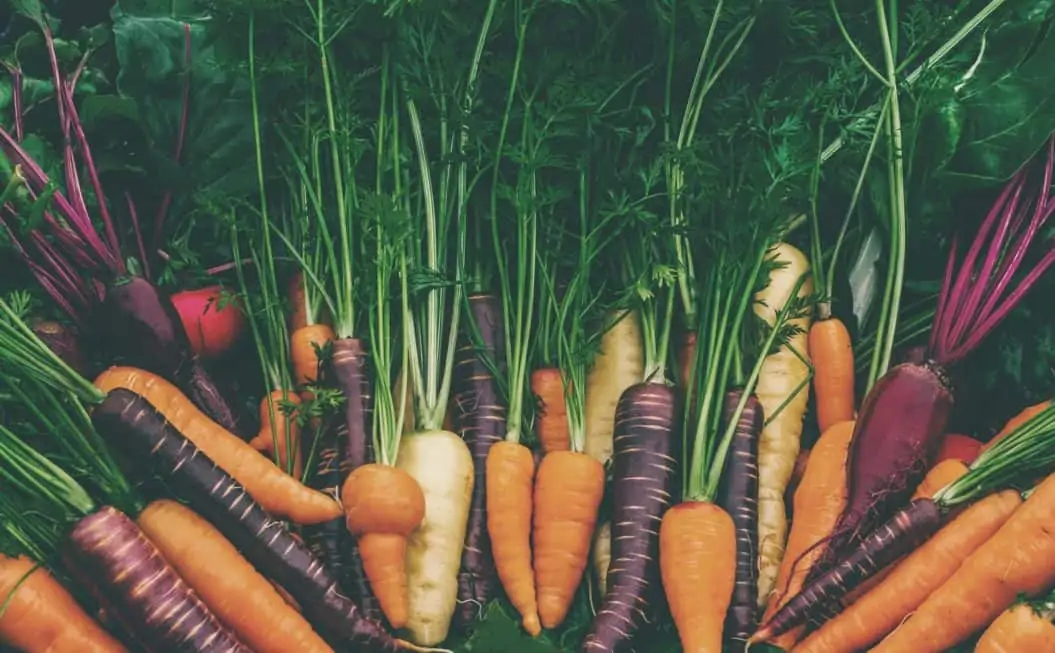
What this claim means
Food can only be labeled “organic” if it is has been certified by a USDA-accredited certification agency and meets all the requirements in the U.S. Department of Agriculture’s organic standards. Those standards are available in the Code of Federal Regulations (7 CFR 205).
The federal organic standards include requirements for:
- §205.202 Land
- §205.203 Soil fertility and crop nutrient management
- §205.204 Seeds and planting stock
- §205.205 Crop rotation
- §205.206 Crop pest, weed, and disease management
- §205.207 Wild-crop harvesting practices
- §205.236 Origin of livestock
- §205.237 Livestock feed
- §205.238 Livestock health care practices
- §205.239 Livestock living conditions
- §205.240 Pasture practices
- §205.270 Organic handling
- §205.271 Facility pest management
- §205.272 Commingling and contact with prohibited substance prevention
To summarize, the standards require that farmers foster soil fertility through natural methods. The standards prohibit synthetic materials, including pesticides and fertilizers, artificial growth hormones, antibiotics, sewage sludge, genetically engineered crops and materials derived from genetically engineered organisms, irradiation, and artificial processing aids and food additives.
For processed foods that are labeled “organic,” at least 95 percent of the ingredients must be grown on a certified organic farm. Up to 5 percent of the product can consist of non-organic agricultural materials or artificial ingredients that have been approved for a five-year period. These materials are supposed to be approved only when they are deemed essential to organic production, compatible with the principles of organic agriculture, and raise no concerns regarding their impact on human health and the environment.
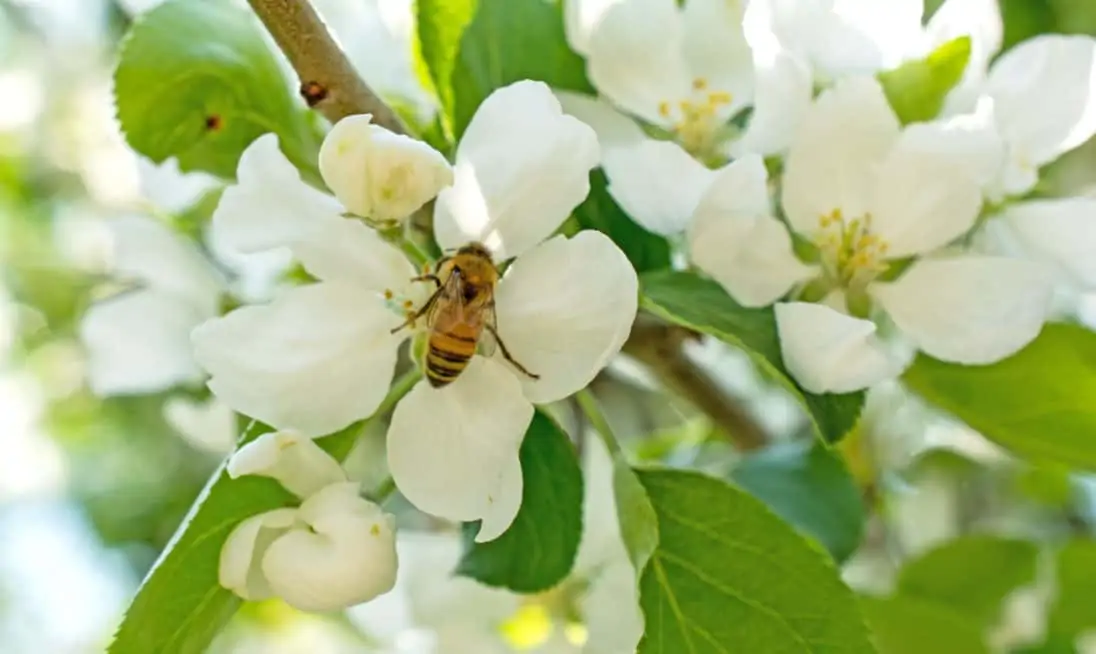
Why it matters
Environmental and sustainability benefits of farming without routine use of pesticides
The organic standards prohibit the use of synthetic pesticides, with few exceptions. Routinely using pesticides on farms is not sustainable, because targeted organisms (or pests) will develop resistance to the chemicals. This means chemical companies have to continually develop new pesticides, which are toxic by design and have negative impacts on human health and the environment.
For more on the environmental and sustainability benefits of farming without routine use of pesticides, read our “pesticide free” claim evaluation.
Public health benefits of farming without routine antibiotics
The organic standards prohibit the use of antibiotics, with one exception (before day two of a chick’s life). The U.S. Centers for Disease Control and Prevention (CDC) estimates that every year antibiotic-resistant bacteria cause more than 2 million infections, killing at least 23,000 people. The rise of antibiotic resistance is driven by the overuse of antibiotics. The overuse of antibiotics can occur in many settings—such as doctor’s offices and hospitals, for example. We cannot save antibiotics without meaningful changes to our food system, especially livestock and poultry production. This is because, in the U.S., the use of antibiotics in livestock and poultry production dwarfs their use in humans: about 80 percent of these drugs go to food animals.
For more on the public health and sustainability benefits of farming without routine use of antibiotics, read our “raised without antibiotics” claim evaluation.
Environmental and sustainability benefits of not using GMOs
The organic standards prohibit the use of genetically engineered organisms, or GMOs. The most widely grown genetically engineered (GMO) crop varieties have been engineered to withstand the application of the broad-spectrum herbicide glyphosate. It effectively kills or suppresses all plants, including grasses, perennials, vines, shrubs and trees. With genetically engineered glyphosate-tolerant crops, farmers can spray glyphosate directly on the crops, which would otherwise have been damaged or killed by the herbicide. This kind of intensive and widespread use has led to environmental pollution: Researchers found glyphosate in 60 to 100 percent of air and rain samples measured in Iowa and Mississippi. Glyphosate may also be harmful to human health and wildlife.
For more on the environmental and sustainability benefits of farming without GMOs, read our “Non-GMO” claim evaluation.
Environmental benefits of not using artificial hormones when raising animals
The organic standards prohibit the use of artificial growth hormones in farm animals. Steroids have been found in runoff from feedlots where cattle are treated with growth hormones. Since hormones are classified as endocrine disruptors, this contamination raises concerns for environmental and public health. Some hormones can be found in manure even after it’s been composted.
In addition to contaminating water, steroid hormones have also been found in airborne particulate matter near cattle feedlots, with two steroids detected in more than 94 percent of samples. According to the Environmental Protection Agency (EPA), more research is needed to fully understand the potential impact of hormones from livestock agriculture on human and ecological health.
For more on the environmental benefits of farming without artificial growth hormones, read our “No added hormones” claim evaluation.
Nutritional benefits of organic farming
More “healthy fats” in organic milk. A 2016 meta-analysis, published in the British Journal of Nutrition and based on 170 published studies, found that concentrations of total polyunsaturated fatty acids and omega-3 polyunsaturated fatty acids were significantly higher in organic milk compared with conventional. The omega-6 to omega-3 ratio was lower (which has health benefits) in organic milk, by an estimated 71 percent. The authors of the study concluded that organic bovine milk has a more desirable fatty acid composition than conventional milk, and they attributed these benefits to the higher grazing/forage intake in organic systems.
More antioxidants in organic produce. A 2014 meta-analysis, published in the British Journal of Nutrition and based on 343 peer-reviewed publications, found that the concentrations of a range of antioxidants such as polyphenolics were found to be substantially higher in organic crops/crop-based foods, with higher levels of phenolic acids, flavanones, stilbenes, flavones, and anthocyanins. Many of these compounds have previously been linked to a reduced risk of chronic diseases, including cardiovascular and neurodegenerative diseases and certain cancers, in dietary intervention and epidemiological studies.
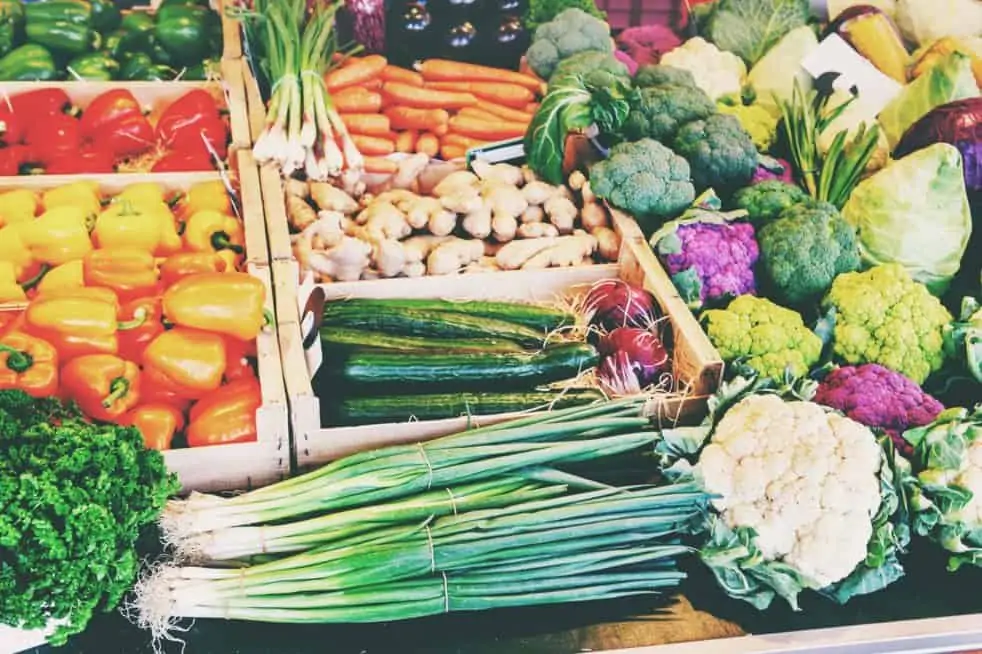
Can you trust the claim? Is it verified?
Yes, it is verified. The U.S. Department of Agriculture has a regulatory program, the National Organic Program (NOP), that is responsible for developing standards for organic products and for enforcement of the standards.
The NOP accredits and oversees more than 80 certification agencies, which certify farms and businesses that are involved in the production and processing of organic foods. These certifiers inspect every certified organic farm at least annually and can conduct unannounced inspections to assure compliance.
Certification agencies are required to test up to 5 percent of the farms and businesses they certify for pesticides and other prohibited substances. Farmers and food processors are required to submit an updated organic production or handling system plan to the certifying agency annually.
The NOP can take enforcement action when a product that is not certified organic is labeled as such and can issue a fine of up to $11,000 per violation.
This system of verification and government oversight, while better than most other labeling claims, is not perfect. Inconsistencies in the organic standards and oversight include outdoor access for organic chickens, the allowance of antibiotic use in organic chicken hatcheries, the use of certain unapproved synthetic nutrients in organic processed foods, including infant formula, and the continued approval of non-organic ingredients that raise human health concerns, such as carrageenan.
*There is one exception: if the producer has less than $5,000 in annual sales. However, even a producer with less than $5,000 in annual sales cannot represent their products as organic unless they meet all the requirements in the federal organic standards, they just don’t have to be certified by a USDA-accredited certification agency.
